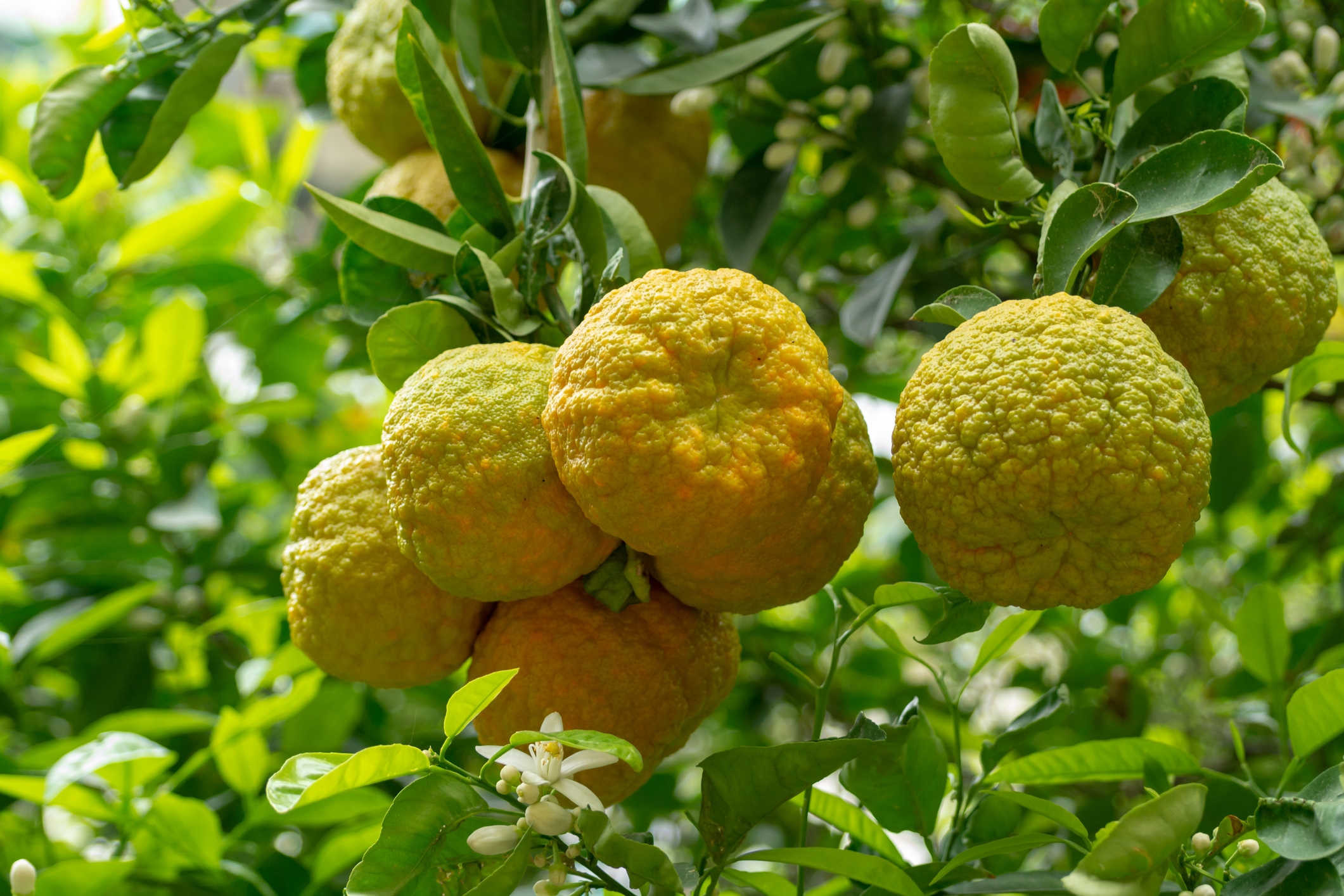Wild Bergamot
Wild bergamot, scientifically known as Monarda fistulosa and commonly known as 'Bee Balm', is a perennial herb native to North America. Characterized by its aromatic leaves and striking lavender flowers, it's a beacon in Alberta's meadows and grasslands. Beyond its beauty, wild bergamot is treasured for its culinary and medicinal applications, weaving itself into the tapestry of local Indigenous traditions and modern herbalism.

More on Wild Bergamot
About
Monarda fistulosa is often recognized by its tall stems, lance-shaped leaves, and tubular flowers that form a cluster, resembling a crown. This member of the mint family releases a delightful oregano-like fragrance when its leaves are crushed, a testament to its essential oils. Thriving in Alberta's open spaces, wild bergamot's roots run deep in both the soil and the province's ecological narrative, attracting pollinators like bees, hummingbirds, and butterflies.
History
Long before the arrival of European settlers, the Indigenous peoples of Alberta recognized and utilized the unique properties of wild bergamot. It played a multifaceted role – from flavouring foods to serving as a medicinal remedy for ailments like colds and digestive issues. With the passage of time, Bee Balm continued to capture the attention of herbalists and botanists, further solidifying its place in Alberta's natural and cultural histories.
Ways To Cook
Wild bergamot's culinary charm lies in its aromatic leaves and flowers, which can be infused in teas, lending a warm, minty flavour with undertones of oregano. Fresh leaves can be sprinkled on salads or used as a herbaceous garnish, introducing a subtle zing to dishes. In Alberta's local culinary scene, wild bergamot-infused syrups or jellies often accompany game meats or roasted vegetables. On the medicinal front, leaves and flowers are sometimes steeped into tinctures or infused into oils, capturing the herb's beneficial properties. Traditional teas, often embraced by Alberta's Indigenous communities, celebrate wild bergamot for its potential soothing and digestive qualities.
